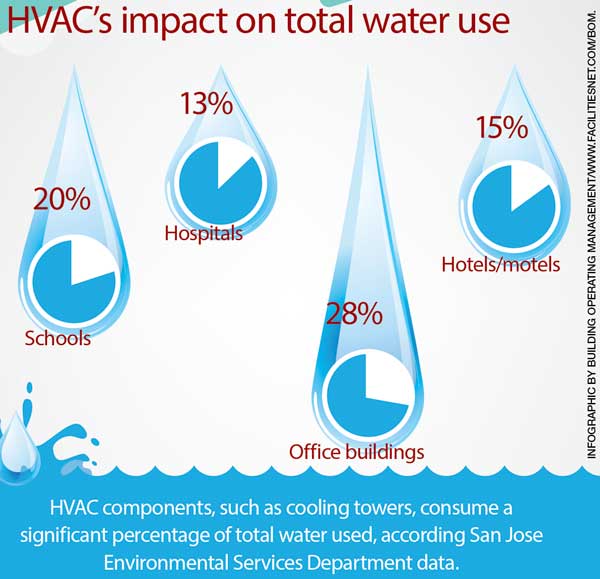The Future Of Home Heating - How Heatpump Modern Technology Is Progressing
The Future Of Home Heating - How Heatpump Modern Technology Is Progressing
Blog Article
click the up coming article -David Byrne
Heatpump will certainly be an important modern technology for decarbonising heating. In a situation regular with governments' revealed energy and environment commitments, their international ability increases by 2030, while their share in heating rises to one-quarter.
They work best in well-insulated homes and count on power, which can be supplied from a sustainable power grid. Technical breakthroughs are making them extra effective, smarter and less costly.
Gas Cells
Heatpump use a compressor, refrigerant, coils and followers to move the air and warm in homes and appliances. They can be powered by solar energy or electrical power from the grid. They have been acquiring appeal because of their inexpensive, peaceful operation and the capability to create electricity throughout peak power demand.
Some firms, like IdaTech and BG MicroGen, are dealing with gas cells for home heating. These microgenerators can change a gas boiler and produce a few of a residence's electric needs with a connection to the power grid for the rest.
Yet there are reasons to be hesitant of using hydrogen for home heating, Rosenow states. It would be expensive and inefficient compared to various other modern technologies, and it would include in carbon exhausts.
Smart and Connected Technologies
Smart home innovation allows home owners to attach and manage their gadgets remotely with making use of mobile phone applications. For example, wise thermostats can learn your heating choices and automatically adjust to optimize energy usage. Smart lighting systems can be regulated with voice commands and immediately turn off lights when you leave the space, reducing energy waste. And clever plugs can keep an eye on and handle your electric use, permitting you to determine and restrict energy-hungry devices.
The tech-savvy house depicted in Carina's meeting is a great image of just how owners reconfigure space heating techniques in the light of new smart home innovations. They depend on the tools' automatic attributes to carry out daily modifications and regard them as a hassle-free means of conducting their heating techniques. Because of this, they see no reason to adapt their techniques even more in order to enable flexibility in their home energy demand, and interventions targeting at doing so may face resistance from these households.
Electrical power
Since heating homes represent 13% people exhausts, a button to cleaner choices might make a huge difference. Yet the technology encounters obstacles: It's pricey and calls for comprehensive home renovations. And it's not constantly suitable with renewable resource sources, such as solar and wind.
Up until recently, electrical heat pumps were also expensive to take on gas models in most markets. But please click the following post in layout and materials are making them extra budget-friendly. And much better chilly environment performance is allowing them to function well also in subzero temperature levels.
The following step in decarbonising home heating might be making use of warm networks, which draw heat from a main source, such as a close-by river or sea inlet, and distribute it to a network of homes or structures. That would decrease carbon emissions and permit households to make the most of renewable resource, such as green electrical power from a grid provided by renewables. This option would be much less pricey than switching to hydrogen, a fossil fuel that requires brand-new infrastructure and would only lower CO2 discharges by 5 percent if coupled with enhanced home insulation.
Renewable Energy
As power prices drop, we're beginning to see the very same pattern in home heating that has actually driven electric vehicles into the mainstream-- however at an also quicker rate. space-saving heating solutions christchurch for electrifying homes has been pushed even more by brand-new research study.
Renewables account for a substantial share of modern warmth intake, but have actually been offered limited plan attention internationally contrasted to various other end-use sectors-- and even less attention than electricity has. Partly, this shows a mix of customer inertia, divided incentives and, in many nations, subsidies for fossil fuels.
New technologies could make the change much easier. For instance, heatpump can be made a lot more power efficient by replacing old R-22 cooling agents with brand-new ones that do not have the high GWPs of their predecessors. Some professionals additionally envision district systems that draw warmth from a close-by river or sea inlet, like a Norwegian arm. The warm water can then be used for heating and cooling in a community.